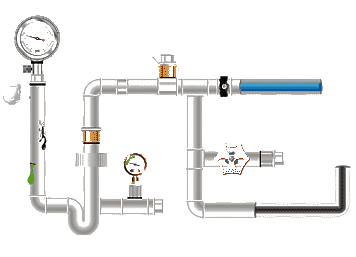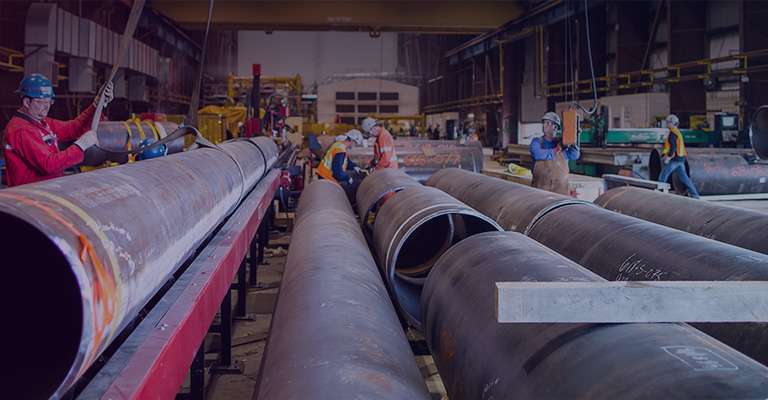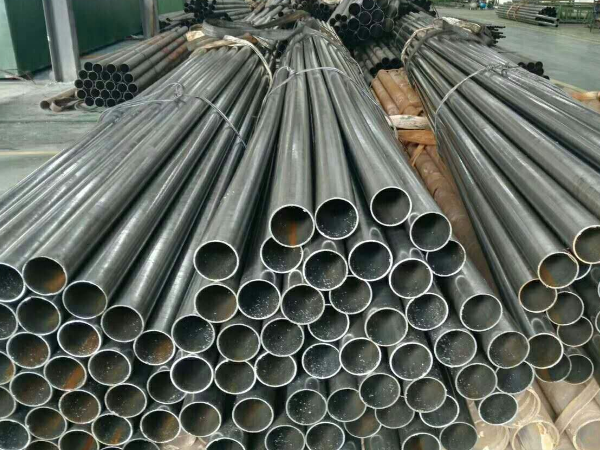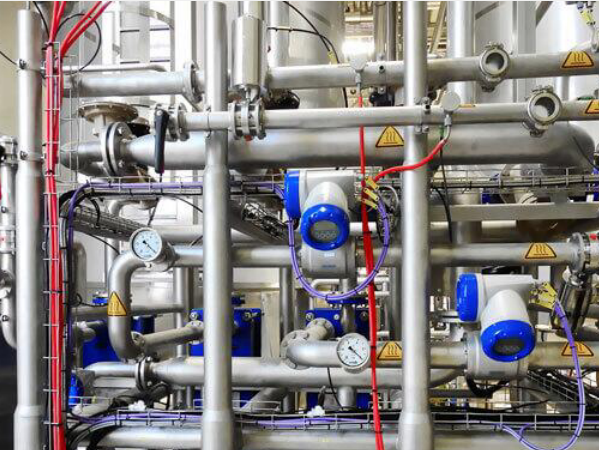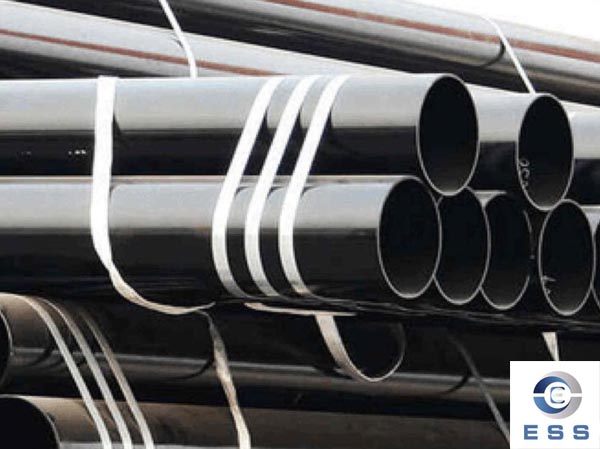|
Código SA
|
Descripción
|
|
730410
|
Tubos de conducción del tipo utilizado para oleoductos o gasoductos, sin costura, de hierro o acero (excepto los productos de fundición)
|
|
730411
|
Tubos de conducción del tipo utilizado para oleoductos o gasoductos, sin costura, de acero inoxidable
|
|
730419
|
Tubos de conducción del tipo utilizado para oleoductos o gasoductos, sin costura, de hierro o acero (excepto los productos de acero inoxidable o de fundición)
|
|
730421
|
Tubos de perforación, sin costura, del tipo utilizado para la perforación de petróleo o gas, de hierro o acero (excepto los productos de fundición)
|
|
730422
|
Tubos de perforación sin costura de acero inoxidable, del tipo utilizado en la perforación de petróleo o gas.
|
|
730423
|
Tubos de perforación sin costura, del tipo utilizado para la perforación de petróleo o gas, de hierro o acero (excepto productos de acero inoxidable o de hierro fundido)
|
|
730424
|
Tubos de revestimiento y de producción, sin costura, del tipo utilizado para la perforación de petróleo o gas, de acero inoxidable
|
|
730429
|
Tubos de revestimiento y de producción, sin costura, de hierro o de acero, del tipo utilizado en la perforación de petróleo o gas (excepto productos de hierro fundido)
|
|
730431
|
Tubos, caños y perfiles huecos, sin costura, de sección circular, de hierro o acero no aleado, estirados o laminados en frío (excluidos los productos de fundición y los tubos de conducción del tipo utilizado para oleoductos o gasoductos o las tuberías de revestimiento y de producción del tipo utilizado para la perforación de petróleo o gas)
|
|
730439
|
Tubos, caños y perfiles huecos, sin costura, de sección circular, de hierro o acero sin alear, no estirados ni laminados en frío (excepto productos de fundición, tubos de conducción del tipo utilizado para oleoductos o gasoductos, y tuberías de revestimiento y de producción del tipo utilizado para la perforación de petróleo o gas)
|
|
730441
|
Tubos, caños y perfiles huecos, sin costura, de sección circular, de acero inoxidable, estirados o laminados en frío (excepto los tubos de conducción del tipo utilizado para oleoductos o gasoductos, y los tubos de revestimiento y de producción del tipo utilizado para la perforación de petróleo o gas)
|
|
730449
|
Tubos, caños y perfiles huecos, sin costura, de sección circular, de acero inoxidable, no estirados ni laminados en frío (excepto los tubos de conducción del tipo utilizado para oleoductos o gasoductos o para la perforación de petróleo o gas)
|
|
730451
|
Tubos, caños y perfiles huecos, sin costura, de sección circular, de acero aleado distinto del inoxidable, estirados o laminados en frío (excluidos los tubos de conducción del tipo utilizado para oleoductos o gasoductos, y los tubos de revestimiento y de producción del tipo utilizado para la extracción de petróleo)
|
|
730459
|
Tubos, caños y perfiles huecos, sin costura, de sección circular, de acero aleado distinto del inoxidable, no estirados ni laminados en frío (excepto los tubos de conducción del tipo utilizado para oleoductos o gasoductos, y los tubos de revestimiento y de producción del tipo utilizado para la extracción de petróleo)
|
|
730490
|
Tubos, caños y perfiles huecos, sin costura, de sección transversal no circular, de hierro o acero (excepto los productos de fundición)
|









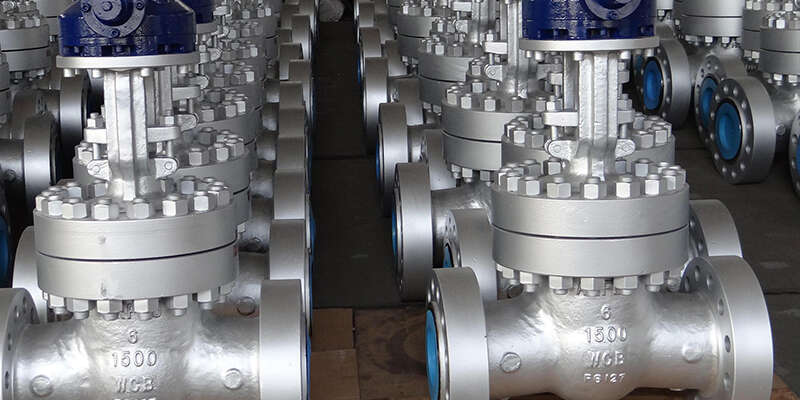
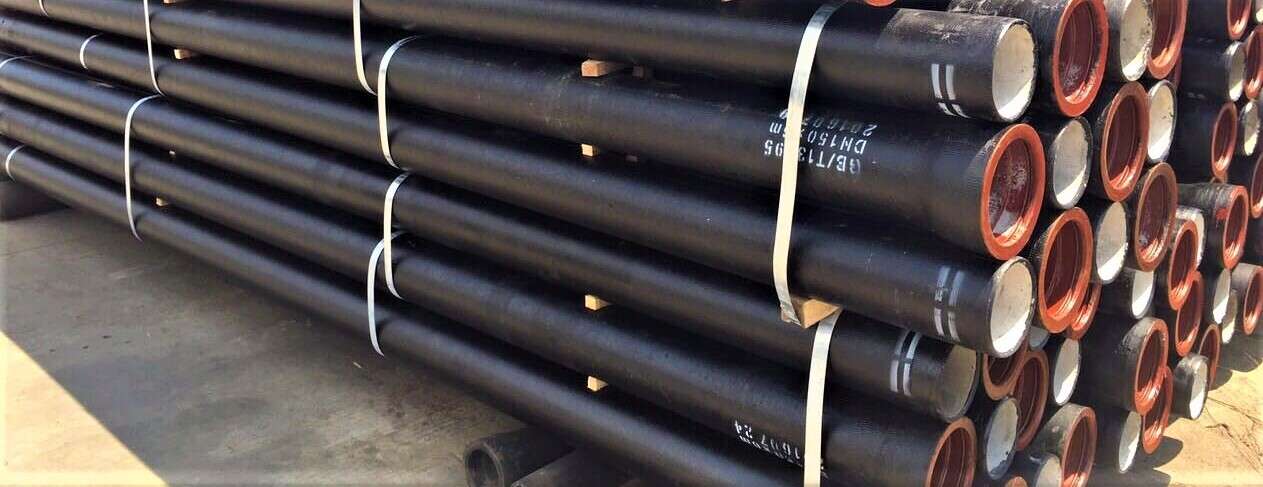


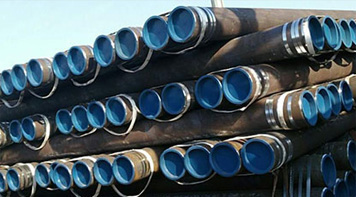 Eastern Steel Manufacturing Co., Ltd no solo mejora la producción de productos y los servicios de venta, sino que también brinda servicios adicionales de valor agregado. Siempre que lo necesite, podemos completar sus necesidades específicas juntos.
Eastern Steel Manufacturing Co., Ltd no solo mejora la producción de productos y los servicios de venta, sino que también brinda servicios adicionales de valor agregado. Siempre que lo necesite, podemos completar sus necesidades específicas juntos.
